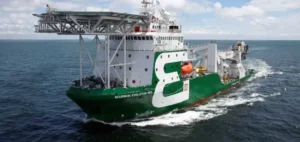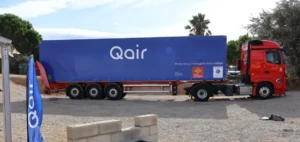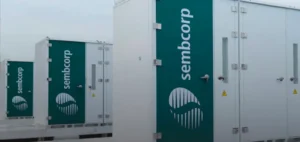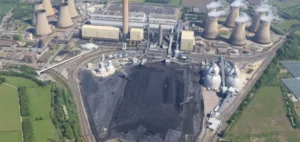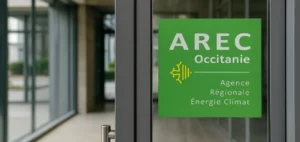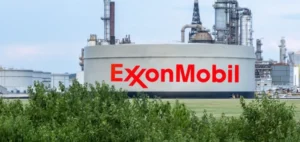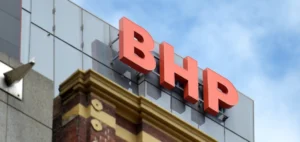The industrial-port zone of Fos-sur-Mer, spanning 9,000 hectares, is one of the largest industrial hubs in France. For six decades, the site has concentrated heavy industries, contributing 17 million tonnes of CO2 per year, accounting for a quarter of the country’s industrial emissions. In January 2023, the government designated Fos-sur-Mer as one of the first “low-carbon industrial zones” in the country, alongside Dunkirk, paving the way for massive investments in energy transition.
An investment potential estimated at €15 billion
Local authorities and economic stakeholders are banking on a reindustrialisation strategy focused on renewable energies, sustainable fuels, and a decarbonised steel plant. According to Jean-Claude Chauvin, president of the Aix-Marseille-Provence Chamber of Commerce and Industry, ongoing projects could amount to between €12 billion and €15 billion in investments for new facilities, and €3 billion to €5 billion for upgrading existing infrastructure. In the long term, these projects could generate 10,000 direct jobs.
Obstacles to implementation
Despite these prospects, project implementation faces structural challenges. ArcelorMittal, the zone’s main employer with 2,500 workers, suspended its decarbonisation initiatives in Europe at the end of 2024 due to a lack of sufficient support measures. More broadly, funding for the necessary infrastructure to support development, particularly rail and road transport, remains uncertain. With only a single railway line and a single departmental road, industrial players are calling for around €2 billion in investments to improve logistics.
Increasing electricity demand
The energy transition in the area will require a significant increase in electricity consumption. Demand could double by 2030 to support new industrial projects, particularly hydrogen production. However, the current electrical infrastructure is insufficient to meet these needs. A very high voltage (THT) power line is planned for 2028 to deliver the required energy, but its route, crossing part of the Camargue, is facing local opposition.
Structuring governance
In response to these challenges, industrial and public stakeholders are advocating for a dedicated governance framework to accelerate project implementation and secure financing. A public debate, organised by the Commission nationale du débat public (CNDP), is scheduled for spring to assess the economic and environmental implications of ongoing initiatives.
The president of the Aix-Marseille-Provence Chamber of Commerce and Industry stresses the urgency of action: “We need to move from projects to realisation, from potential to real life!”



